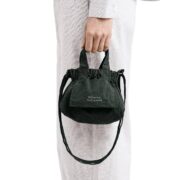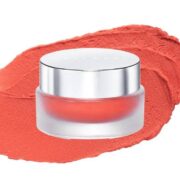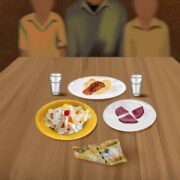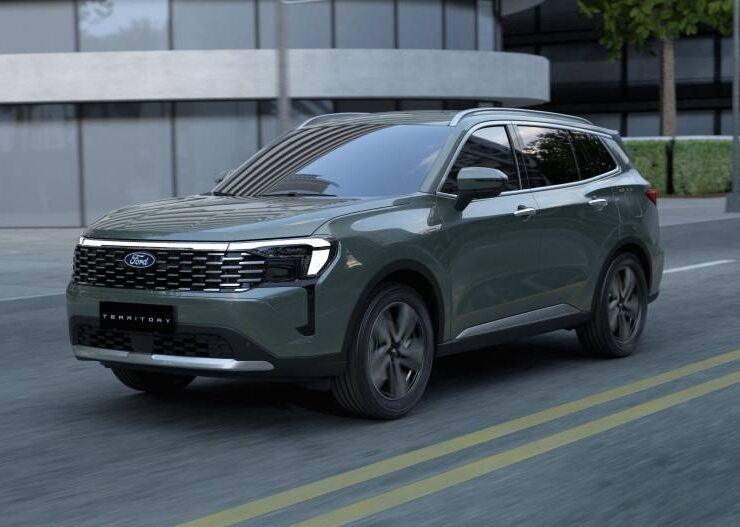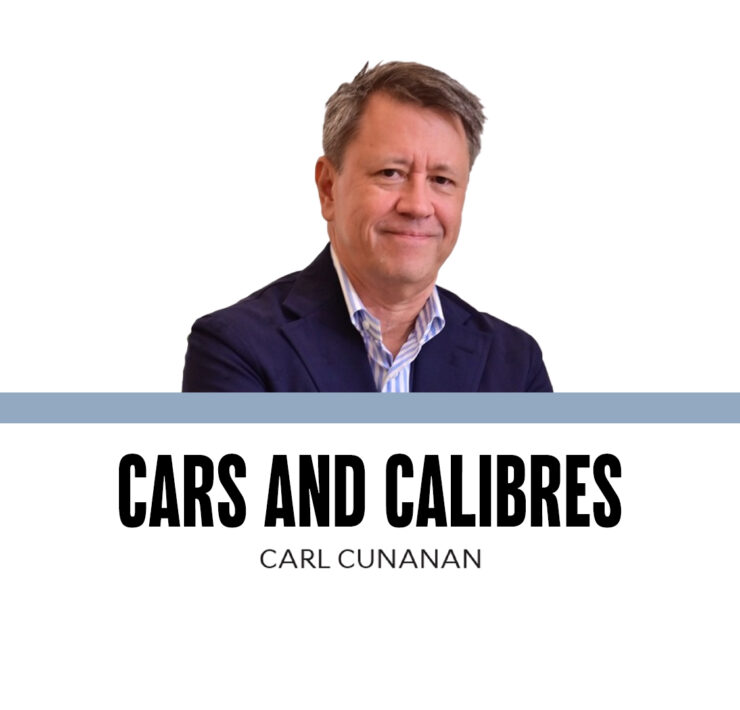Small EV with a big statement
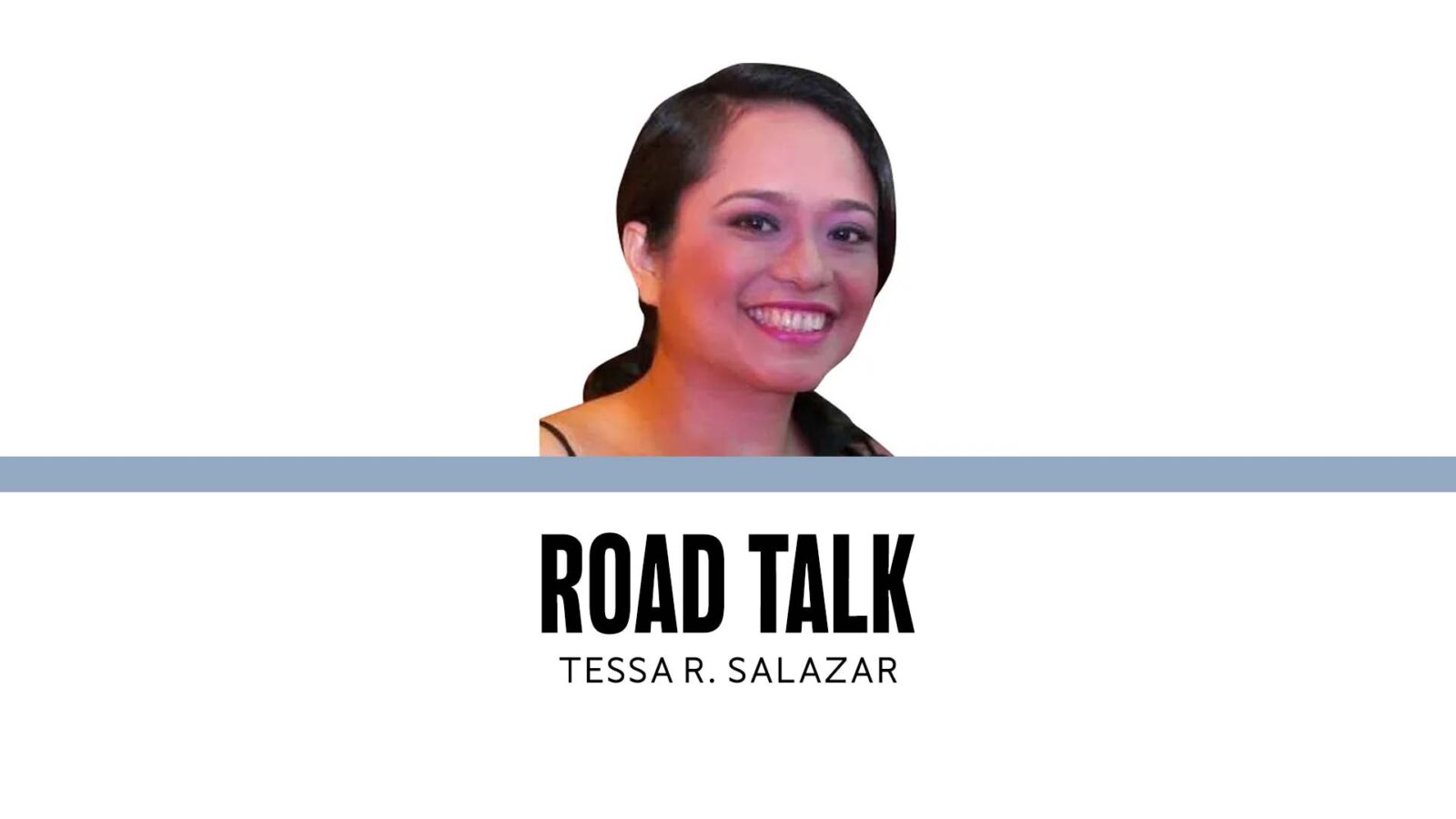
The BYD car company that billionaire entrepreneur Wang Chuanfu founded has equaled and now even surpassed Tesla in annual sales and revenue. In 2024, BYD reported $107 billion in revenue, exceeding Tesla’s $97.7 billion. BYD also sold more electric vehicles (EVs) globally, with 4.27 million vehicles delivered compared to Tesla’s 1.79 million.
Chuanfu grew up in one of China’s poorest provinces. In a story in Business Insider, he was said to have been born in 1966 in east China’s agricultural Anhui province. Chuanfu was raised by his older siblings after his parents, both rice farmers, died. He got a scholarship to study chemistry at Central South University and later received a master’s degree in battery technology from the Beijing Non-Ferrous Metal General Research Institute, now known as the GRINMP Group.
In 1995, Chuanfu, who was by then an engineer, chose the name “Build Your Dreams” for his startup company. Starting out with making cell phone batteries, BYD expanded and began making batteries for bigger things, like tablets, laptops, and solar energy storage. The book “Speed & Scale: An Action Plan for Solving Our Climate Crisis Now” says that it was in 2003 when Wang launched BYD’s auto subsidiary, considered “a significantly higher risk than building a battery business.” Wang, however, had the “backing of the Chinese government, which has enabled his company to compete with Tesla in the global EV market.”
Today, the low-profile Chuanfu and his BYD are making a significant impact on the very landscape of China’s transport industry. The “Speed & Scale” story says, “Under Wang’s climate crisis action leadership, BYD responded by developing electric buses at the same time as its budget-priced compact car. The company has succeeded in moving thousands of diesel-burning buses off China’s teeming roadways.”
And with that, BYD is making its presence felt globally, including here in the Philippines. BYD has gained the trust of more buyers, especially since the company partnered with 190-year-old Ayala Corp, through ACMobility, who’s now in the middle of putting together an EV ecosystem to make EV ownership more convenient and cost effective.
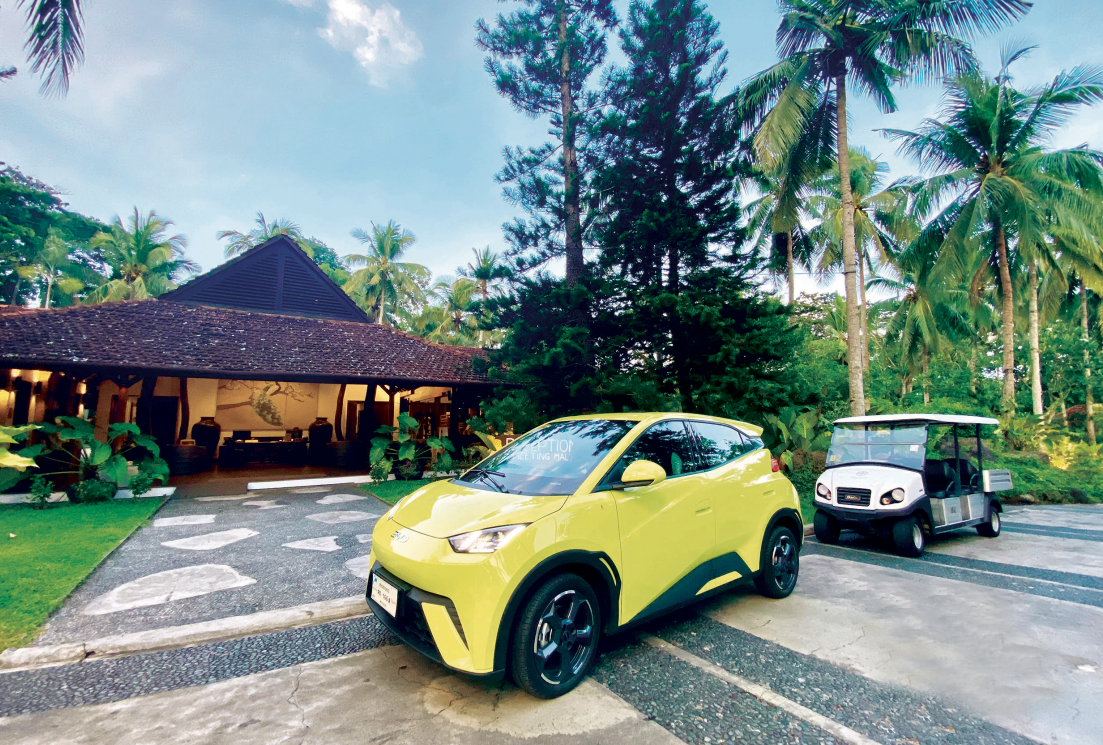
Just a few days ago, I started driving the BYD Seagull, a strong contender for the small car segment, and an entry-level transition towards electric mobility. The Seagull’s role in BYD’s roster of EVs and hybrids is much more important than its compact dimensions suggest. EVs need mass appeal in a country that thinks that such cars are expensive and beyond reach. The Seagull is the answer—its pricing and proportions designed for people who prefer to drive a subcompact in the cities, and are daring enough to buy an EV without making too big of an investment in it.
I love the interior of the Seagull, the seat design is sleek and cruelty-free (materials used were not derived from animals). I got a kick from the fact that I could talk to the car and make changes to aircon and audio settings just by voice commands. I also played around with the rotating screen during traffic stops. The exterior is definitely designed to catch the youth’s attention, and the Sprout Green color is a bit too loud for my taste, but safety wise, yes, this makes the Seagull that much more visible on the road, even at night.
No doubt, the Seagull with its modern, progressive styles and technology, is built with the younger owners in mind, the Gen Zs and those buying a car for the first time, or maybe college or senior high students. But the Seagull would also suit those who are seeking a second car, maybe those who already own an SUV but would want a smaller car for city use.
The Seagull’s range of 300 kms on a full charge, I believe, is more than enough for city use. I drove the Seagull from my residence in Las Pinas City to Bacoor in Cavite, and then to Lipa City in Batangas not even on a full charge. But I didn’t feel any range anxiety because nearly all BYD dealerships offer charging facilities. As expected with an EV, NVH (noise, vibration, and harshness) has been brought down to the level of barely perceptible. That long 80-km trip to Batangas was still comfortable.
I got to charge the Seagull at the BYD Bacoor and BYD Lipa dealerships. The people at BYD Bacoor (an Iconic Dealership of ACMobility) along Bacoor Boulevard were very accommodating, apart from the establishment looking great during sunsets. BYD Lipa, owned by EV pioneer Mark Tieng, is just a stone’s throw from the Lipa STAR tollway exit. Now because of the Seagull, I’ve also downloaded the EVRO app, which will guide me to the EV charging stations closest to my current location.

Cost savings, charging accessibility
BYD Cars Philippines did an efficiency run on its EVs a few months ago, and the results showed 70-percent savings over the expenditures and fuel cost, as well as periodic maintenance service (PMS) of an ICE-powered vehicle. These savings roughly translate to P1.50-P2 per km (based on Automobile Association of the Philippines’ EV efficiency run). Though the Seagull also requires a once-a-year PMS, there’s minimal maintenance procedures involved since there is no combustion engine to maintain.
According to ACMobility senior manager Mikko David, another main difference of the Seagull versus entry level EVs in the market today, especially with those that were imported by gray market dealers, is that the charging facility or the charging port of the Seagull is the Type 2/CCS 2, which means it has AC and DC charging. David disclosed that most entry-level EVs have the GB/T, which is China-standard and most of them also do not have the DC capability.
The Seagull comes with a free 7kw wall charger, a portable charger and a V2L (vehicle-to-load) cable so one can use the EV system to run home appliances using the V2L.
The BYD Seagull’s core technology is the BYD blade battery, known for its safety. It’s also built upon the e-platform 3.0, a dedicated EV platform unlike some of the entry-level EVs in the market today that are repurposed ICE platforms.
The front motor power is 75Ps and its front motor torque is 135Nm. The front suspension is MacPherson Strut, while the rear is torsion beam. The front brake is a ventilated disc, while the rear is a solid disc. The wheel type is alloy and tire size is 175/55 R16.
For P898,000, the Seagull offers a subcompact but spacious glimpse into the visionary world of Wang Chuanfu. I do get the feeling that once you get to try the Seagull, you’ll want more of BYD’s EVs. Your options from here are growing, as BYD Cars Philippines has been quite busy as of late introducing more and more models.



